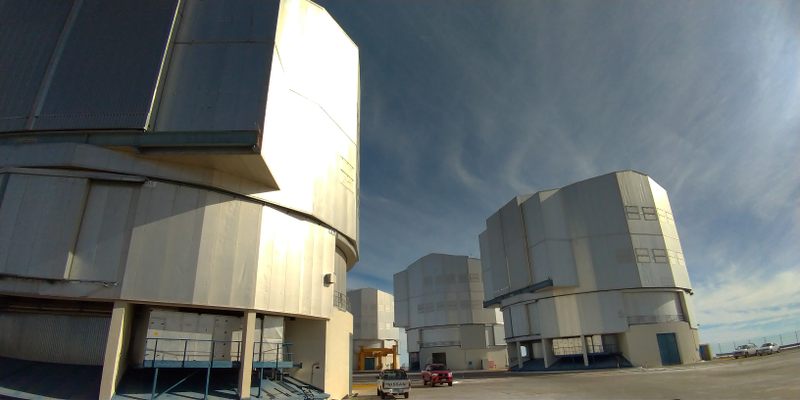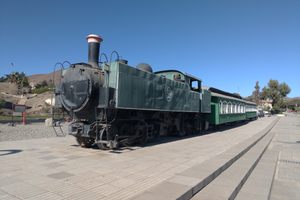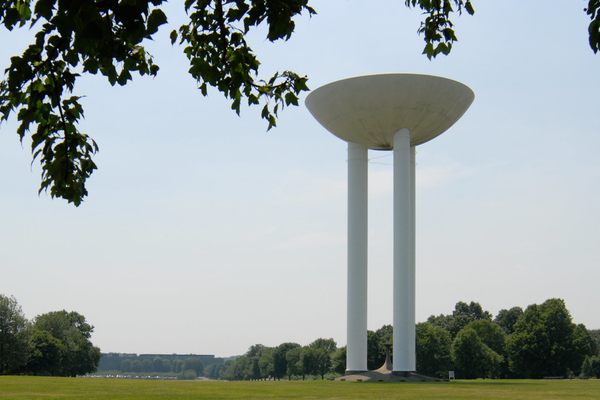About
The Very Large Telescope (VLT) is the most advanced optical instrument on Earth, located in the world’s driest desert — the Atacama Desert of northern Chile. It consists of four Unit Telescopes with main mirrors 8.2m in diameter that can be combined into an astronomical interferometer that includes a set of four movable telescopes dedicated to interferometric observations.
Working together, these instruments allow astronomers to see details up to 25 times clearer than with individual telescopes. It has become an essential tool for scientific research on stars, extragalactic objects like active galactic nuclei, (regions of a galaxy that have a higher luminosity over a portion or all of the electromagnetic spectrum), and it is responsible for the discovery of carbon monoxide molecules in a galaxy almost 11 billion light-years away.
The invaluable discoveries made using this incredible telescope are so copious, VLT data leads to an average of more than one scientific paper publication per day, and seven of the top ten discoveries done at ESO's observatories are directly related to its use.
The location is open for tours once a week on Saturday, book well in advance and you will be taken up onto the mountain to see the visitors center, the residentia and one of the telescopes.
Adapted with permission from Exploguide.com dedicated to travelers looking for alternative and off the beaten track travel.
Related Tags
Know Before You Go
There’s no public transportation available to get there. The only way is to rent a car in the closest city, Antofagasta, which is quite cheap regarding to the western renting prices. Cycle can be an option if you’re courageous and plan plenty of drinking water.
Take the highway #5 from Antofagasta (the famous and beautiful Panamerican), heading south. About 60 km from Antofagasta, take on your right the road B70 heading south again. Then, about 10 km later, take the B710 on your left, still plain south. B710 is a dirt road which will almost bring you on the planet Mars. Follow the B710 for about 70 km more and you will spot the VLT area entrance on your right.
Remember that the VLT is located in a very arid, desertic and isolated region, so take a lot of drinking water and avoid engine failures on the B710.
Community Contributors
Added By
Published
June 20, 2012










































